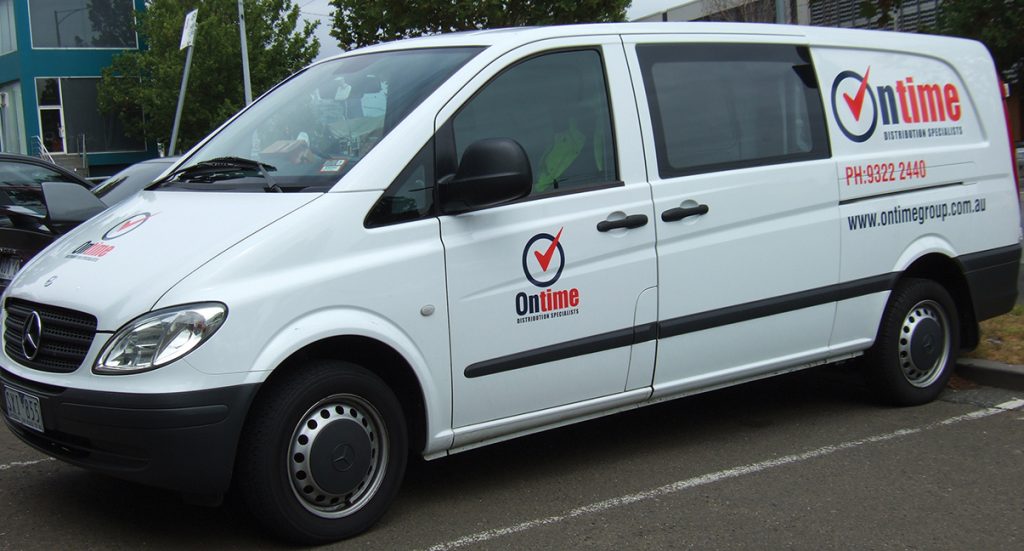TIPS FOR TAMING INFLATION IN AUTO PARTS DELIVERY
Delivery transport is a top five cost of doing business for many auto parts companies

Inflation is squeezing margins for many businesses, making it a good time for auto parts firms to analyse their major expenditure areas – and one area which often needs attention is the delivery transport function, according to Ontime Delivery Solutions Chief Executive Walter Scremin.
The current inflation rate, at just over five percent, tells only part of the story – many businesses have had to negotiate much steeper rises in costs due to supply chain disruptions and labour shortages.
And it’s not likely to get easier according to the Reserve Bank of Australia’s Governor, Philip Lowe, with the RBA forecasting inflation to peak at around seven percent later this year.
“Much of the inflation we are seeing is beyond our control. But there are things within the control of auto parts delivery companies which can be looked at,” Walter said.
Walter says delivery transport is a top five cost of doing business for many auto parts companies, which rely on deliveries for their existence.
“Transport has remained a top five cost even with the many efficiency improvements which have been delivered over recent decades,” Walter said.
“But if you don’t analyse your delivery transport function, there is potential for transport to become a top three or four business cost. It can really run away from you and there are many ‘hidden’ costs involved.”
Walter says some common cost areas which can balloon out of control include in-house delivery fleets.
“There has been a trend toward in-house fleets as companies become fed up with other options. But in-house fleets introduce many large fixed costs to your business,” Walter said.
“High performing delivery fleets have flexibility. They can scale up to meet peak demands without having to break the bank. Likewise, they can scale down and reduce costs when business demand drops off.
“In-house fleets can find this flexibility a challenge. Having an outsourced component to make the delivery function leaner and more responsive is usually beneficial.”
Another big challenge with delivery fleets are the hidden costs which mount up – things like unexpected repairs or breakdowns, increases in insurance premiums, and vehicles which aren’t being used to their optimum.
“Finding and controlling these hidden costs is challenging, but there are steps you can take to unearth these hidden costs and monitor them so they stay under control,” Walter said.
“There are various tech tools available which allow you to do a really thorough fleet audit on costs. At Ontime we’ve seen many companies bring costs down by first bringing them out in the open.”
Walter said technology can also help counter inflationary issues such as high fuel costs.
“Delivery fleets can use telematics tracking technology to become more efficient. A more efficient fleet will use less fuel,” Walter said.
By keeping hard-to-pin-down areas such as delivery transport under control, Walter says auto parts companies can give themselves a better chance of minimising inflation’s impact on their business.
For more information, contact Walter at wscremin@ontimegroup.com.au or visit www.ontimegroup.com.au







